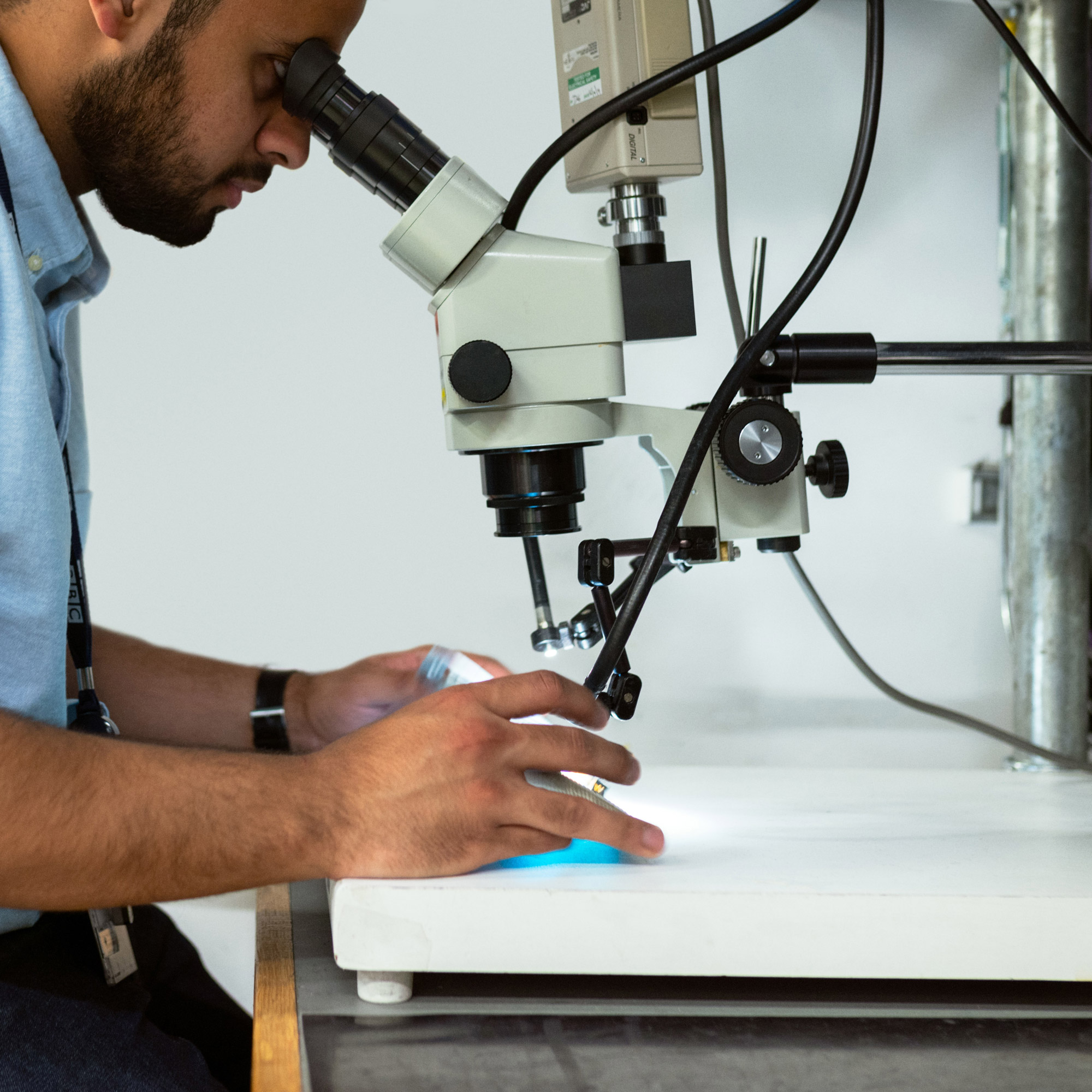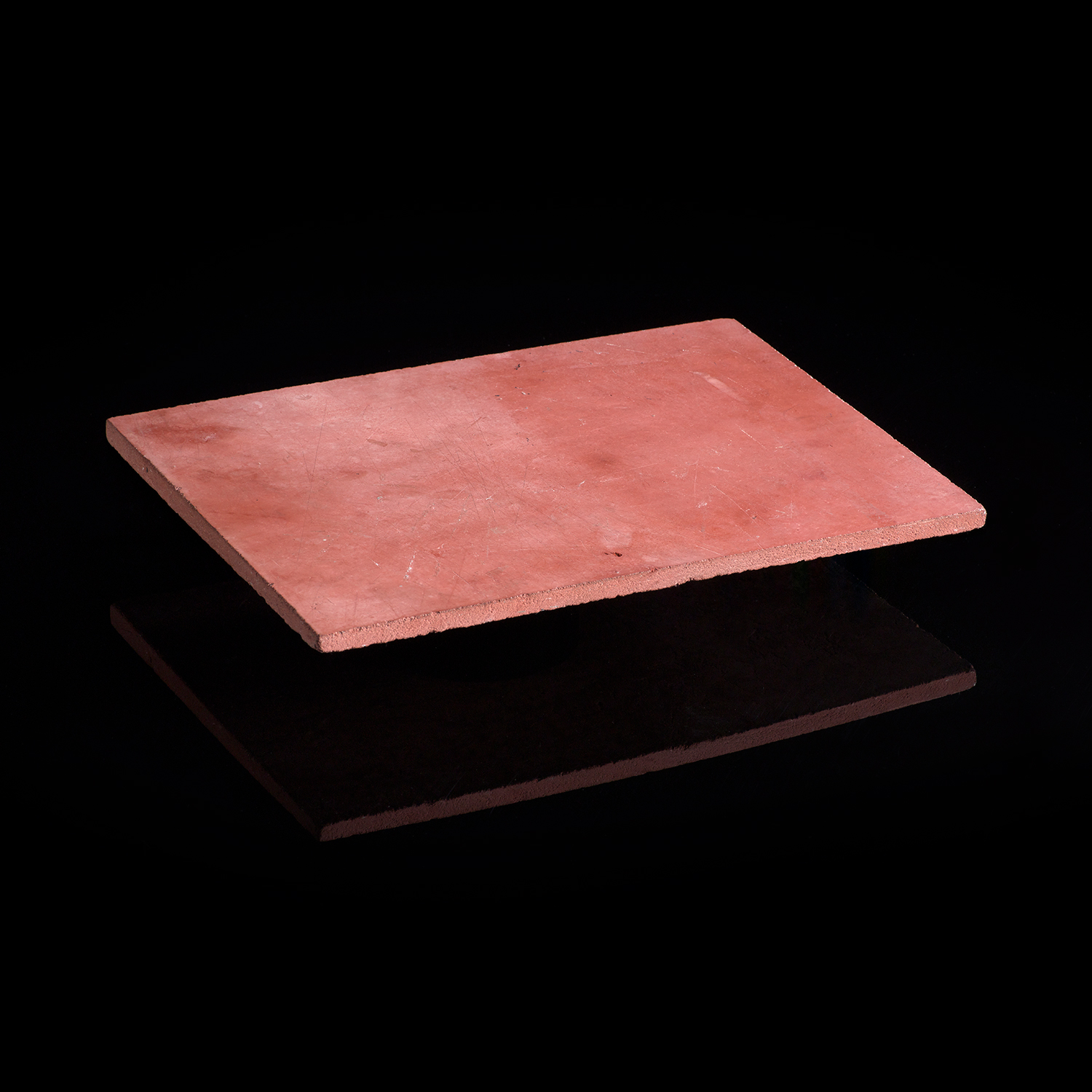Tested & Proven
Tested & Proven
Tested by scientists.
Proven by builders.
Tested by scientists.
Proven by builders.
For over 20 years Nu-Rock has worked closely with highly respected scientific organisations such as CSIRO, EPA, UNSW, ANSTO and Western Sydney University to ensure the ongoing refinement and improvement of Nu-Rock’s core technology.
Each official testing project conducted by university engineering departments over the past 20 years has seen Nu-Rock products deliver superior results on every standard performance measure including: Compressive Strength, Lateral Strength, Thermal Rating, Fire Rating, Salt Attack & Water Absorption and Carbon Absorption.
Importantly, Nu-Rock testing projects, conducted at the Nu-Rock Testing Facility at Mt.Piper Power Station have involved the trialling of waste materials such as Coal Ash, Biomass, Steel Slags and Dusts, Non-Ferrous Metal slags and dust from Red Mud, Hard Rock Mine Tailings and Coal Washery Tailings from dozens of Australia and overseas companies.
Recent testing and trialling involving the integration of up to 35% household waste plastics, glass, paper pulp and rubber tyres with other waste streams have achieved ‘ground-breaking’ results.
Nu-Rock Blocks, Bricks and Pavers have been used successfully in a variety of Australian construction projects for the past 20 years. Projects have included luxury homes, commercial buildings and even a large-scale luxury waterfront residential development. Over ten thousand buildings and social housing dwellings in South Africa were built with Nu-Rock blocks made from 95% Steel slag and dusts wastes generated by the Steel Mill participating in the venture. All solid waste streams were used proportionally to their volume of generation.
Lighter, stronger and better performing
The lighter weight and superior strength of Nu-Rock building products made the building process easier, faster and more economical. Importantly, the inclusion of Nu-Rock building products also provided greater protection against house fires and produced buildings that would require less energy to heat and cool, for the life of the building.


